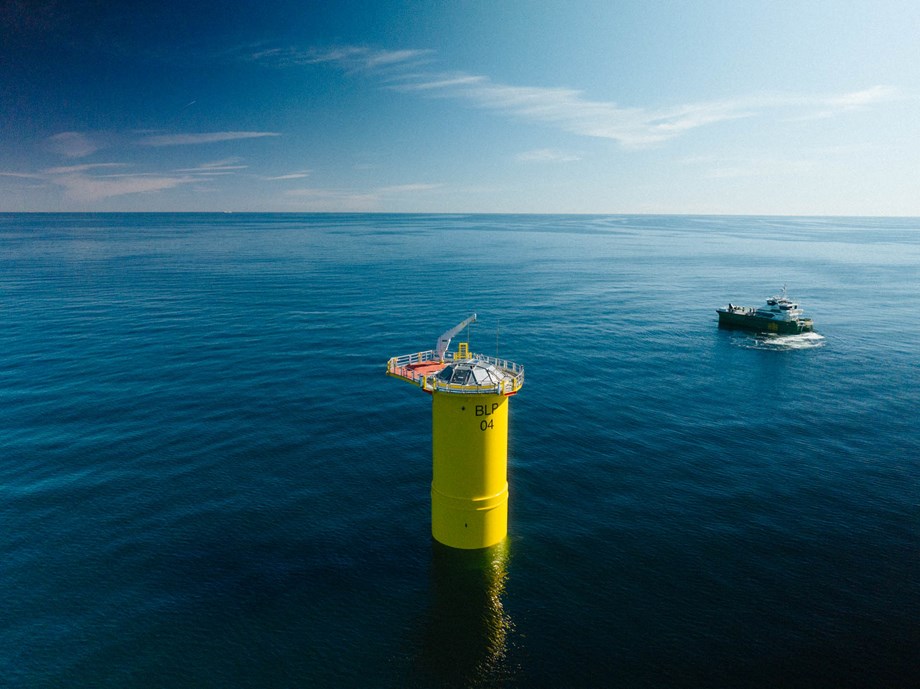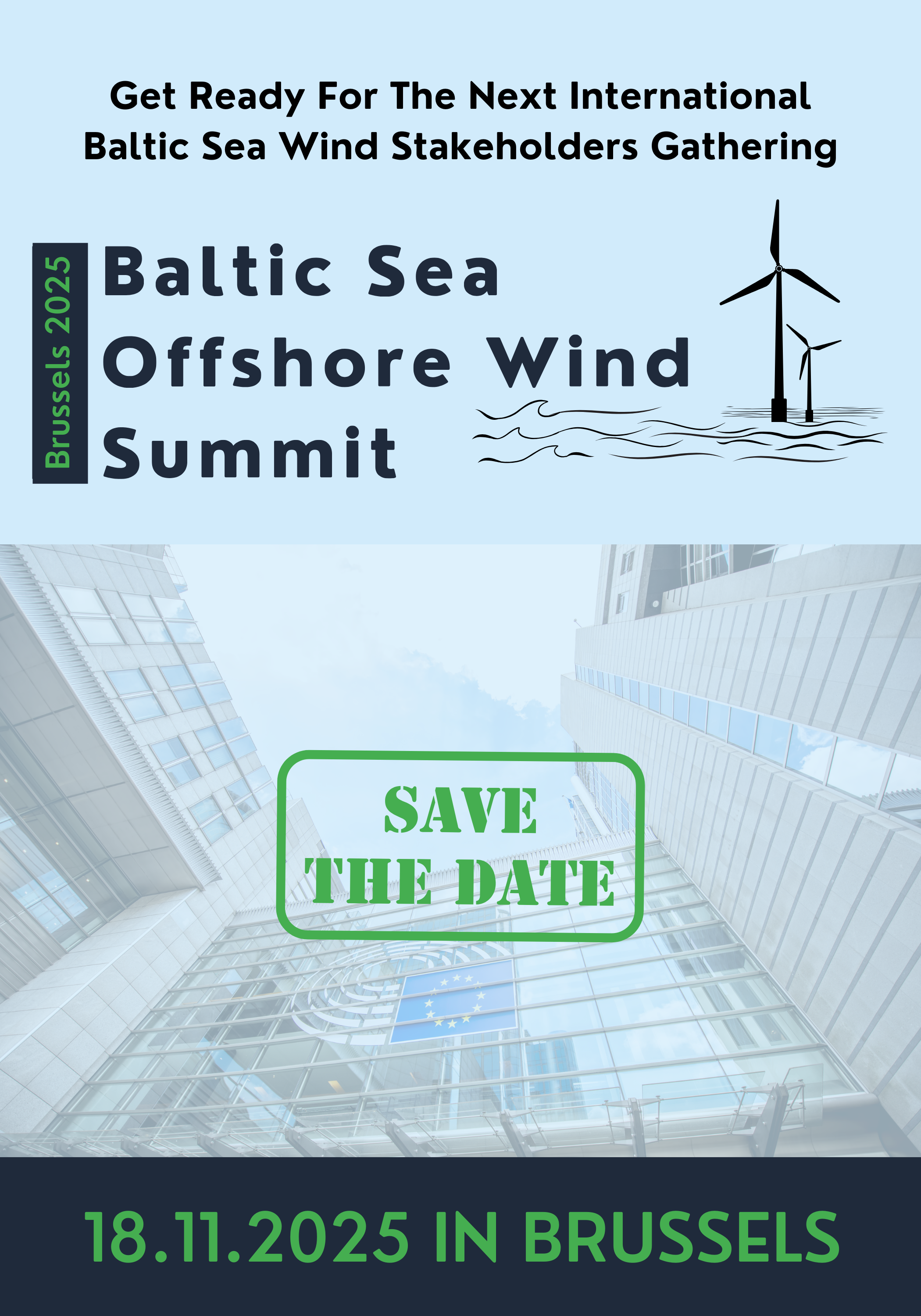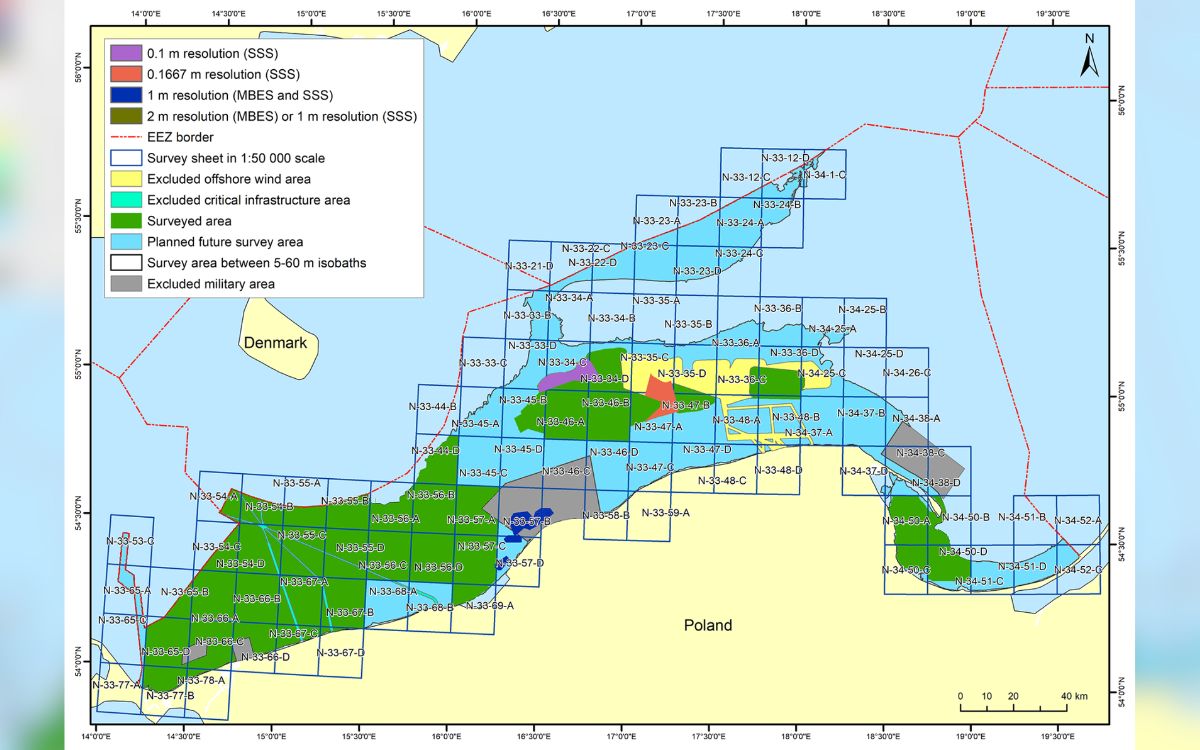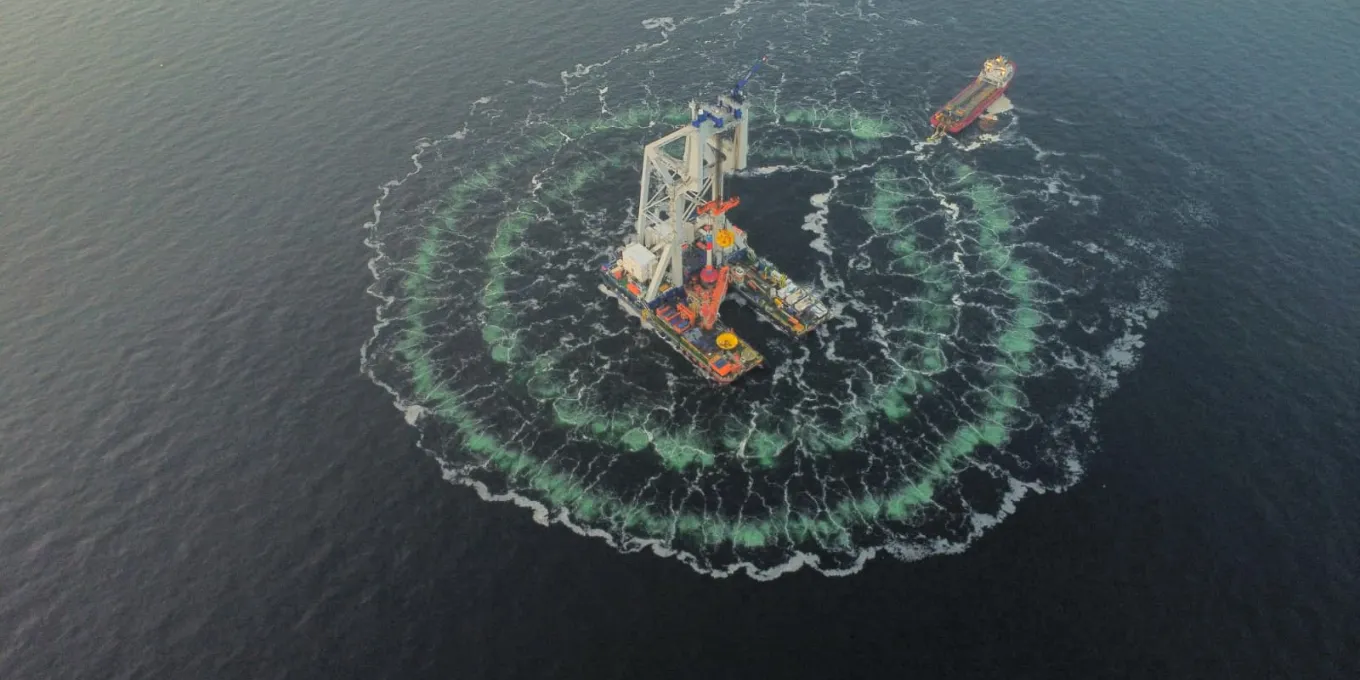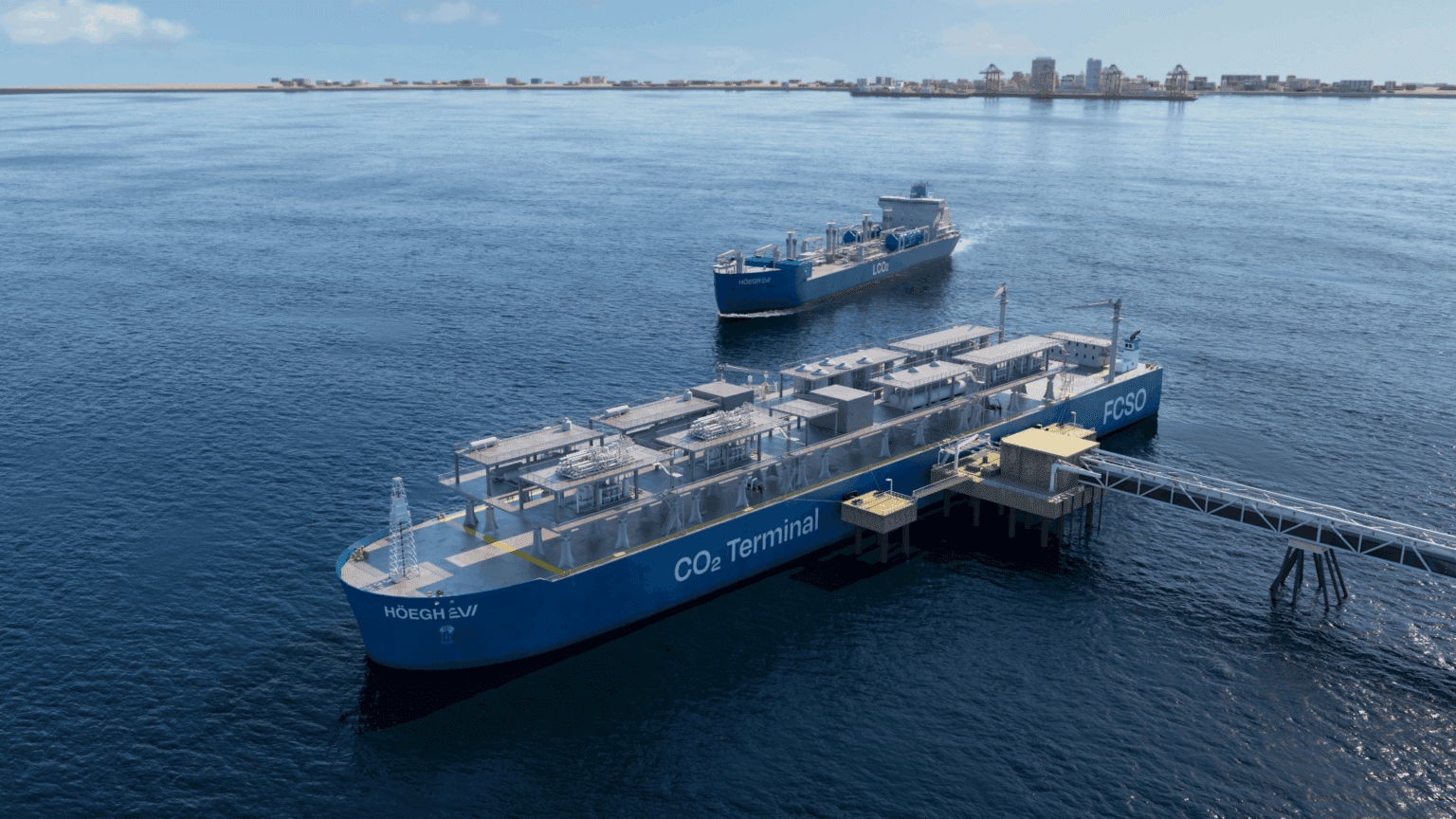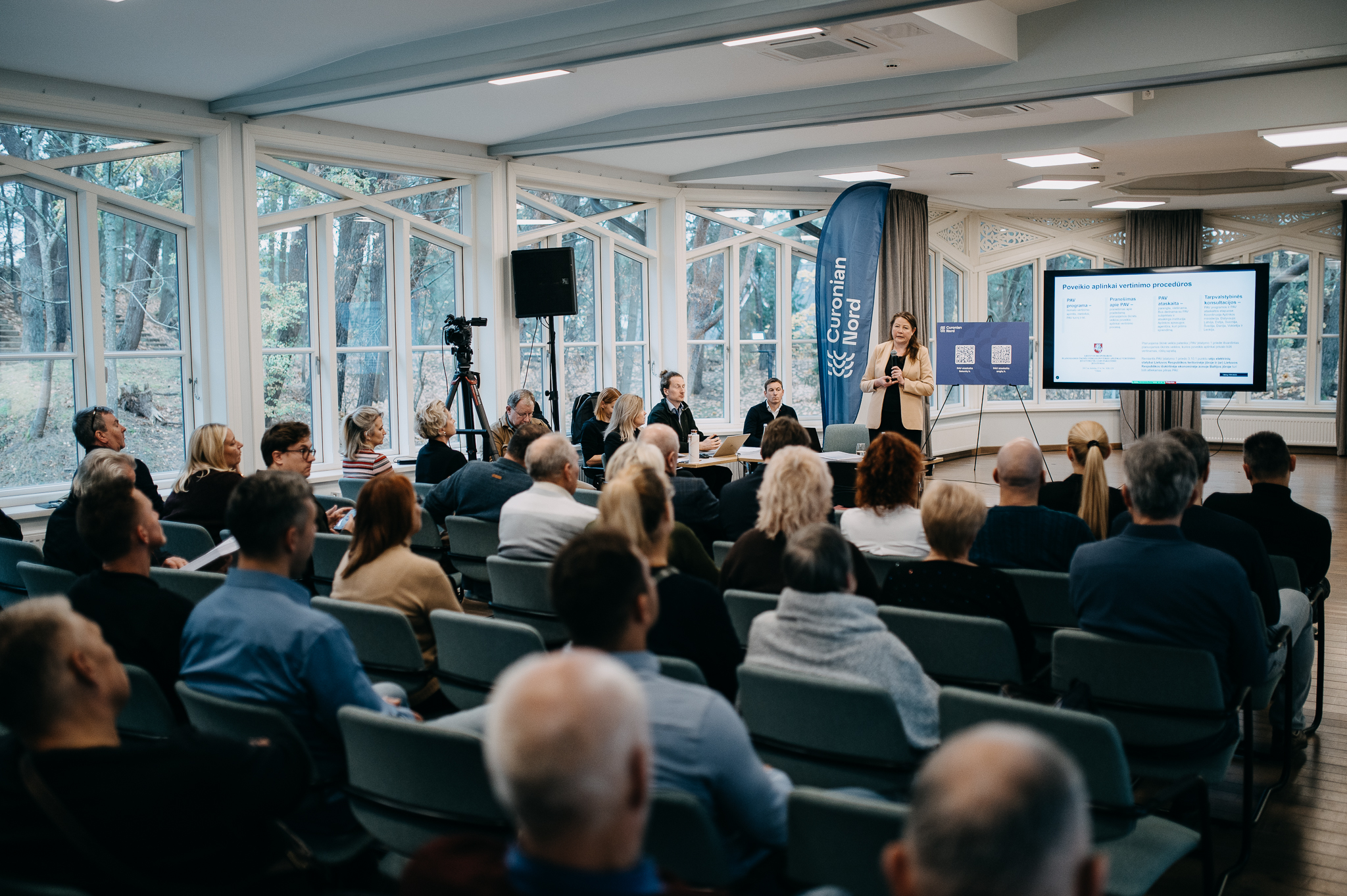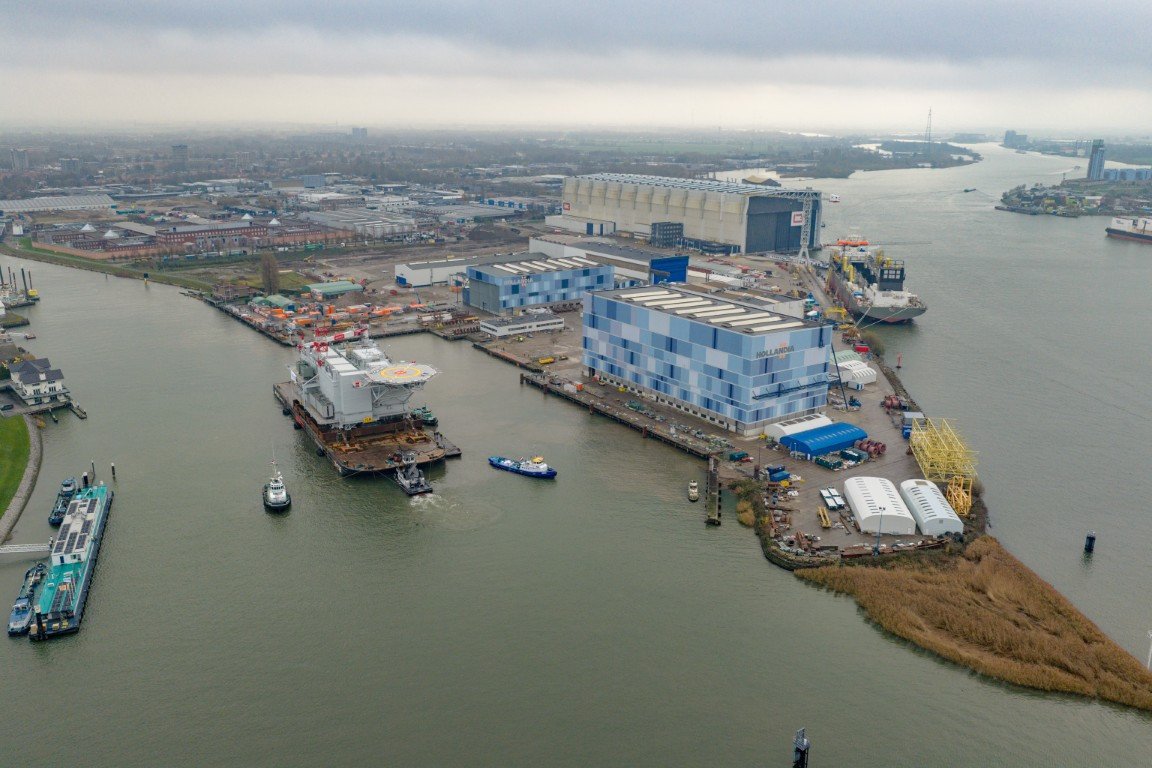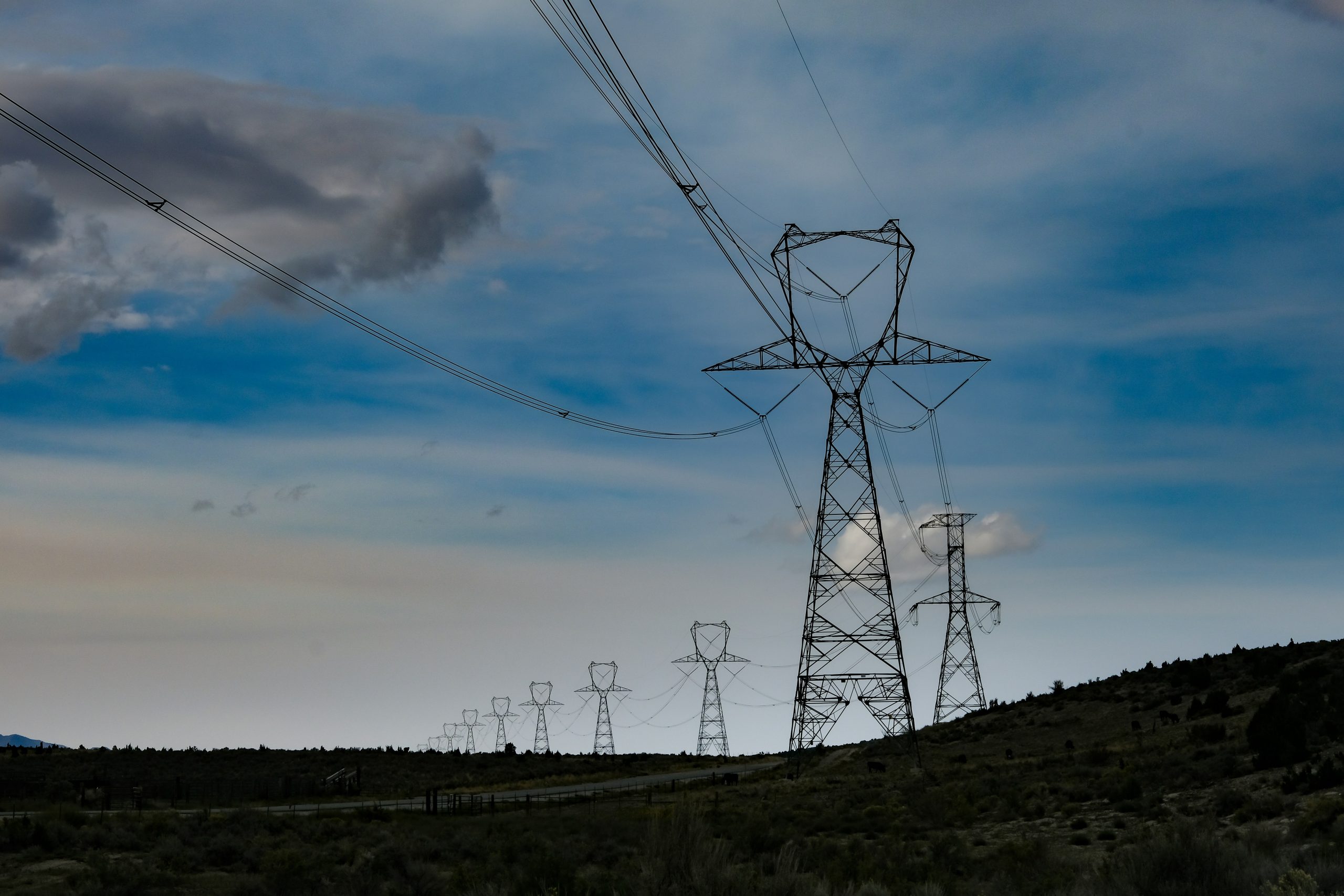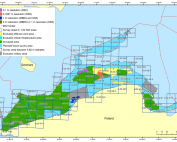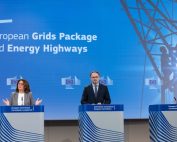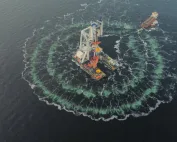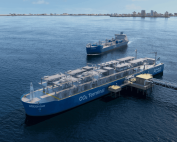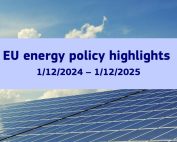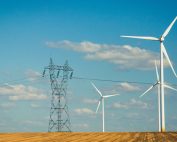The Baltic Power project – a joint venture between ORLEN and Northland Power – has confirmed the first successful installation of five transition elements that will connect the foundations and offshore wind turbines at the farm. This is the first such installation in Polish Baltic waters.
Transition elements (TPs) are steel structures that connect the monopiles of the foundations to the towers of offshore wind turbines and offshore substations. The Baltic Power project will install 78 such elements. Each structure weighs up to 350 tons and measures more than 20 meters. The supplier of the transition elements for the turbines in the Baltic Power project is Smulders.
Installation work at the Baltic Power wind farm is gaining momentum. Following last month’s announcement of the first successful installation of monopiles, we can confirm the first installations of transition elements. It is worth recalling that most of the secondary steel structures for the transition elements have been manufactured at Smulders’ Polish plants in Żary, Niemodlin and Łęknica. We have the first locally produced elements of our offshore wind farm installed at sea – says Grzegorz Szablinski, President of the Board of Baltic Power.
To date, 5 transitional elements have been installed offshore. Van Oord – one of the most experienced global offshore contractors – is responsible for the process of transporting and installing them. The SAL LONE floating crane, which is being used for this task, measures 160 meters and has 2 cranes with a lifting capacity of 1,000 tons each. Thanks to the Dynamic Positioning System (DP2), the vessel’s position is maintained regardless of the prevailing sea conditions. The SAL LONE ship has been in service since 2010. During the installation campaign, it is supported by CTV vessels for crew transportation.
Parallel installations of foundation monopiles, also performed by Van Oord, are underway. The installation campaign is supervised by Baltic Power’s Maritime Coordination Center. Installation of the offshore farm’s foundations is expected to be completed by mid-year.
We are now focusing on ensuring the safe and timely installation of the remaining foundations before we start installing the wind turbines, cables and offshore substations – adds Nick Ingham, Deputy Director of EPCI at Baltic Power.
In parallel, onshore construction work is progressing on schedule. In the municipality of Choczewo, the onshore substation is being equipped with the necessary equipment, including 4 large-size 300 MV transformers. The service base in Leba, which will service the Baltic Power farm for about 30 years, is in the process of final equipping and preparing for daily operation. Commissioning of the Baltic Power farm is planned for 2026.
The Baltic Power offshore wind farm is the most advanced offshore wind power project in Poland and the first to enter the construction phase. In 2023, the project received the final investment decision (FID) and financing from 25 international institutions. Work is currently underway on both onshore and offshore installations. Baltic Power will be one of the world’s first projects installing 15 MW wind turbines and the first Polish offshore wind farm operating in the Baltic Sea. Generating about 4,000 GWh of emission-free electricity per year, Baltic Power aims to reduce CO2 emissions by about 2.8 million tons per year compared to conventional energy sources.
Source: Baltic Power
